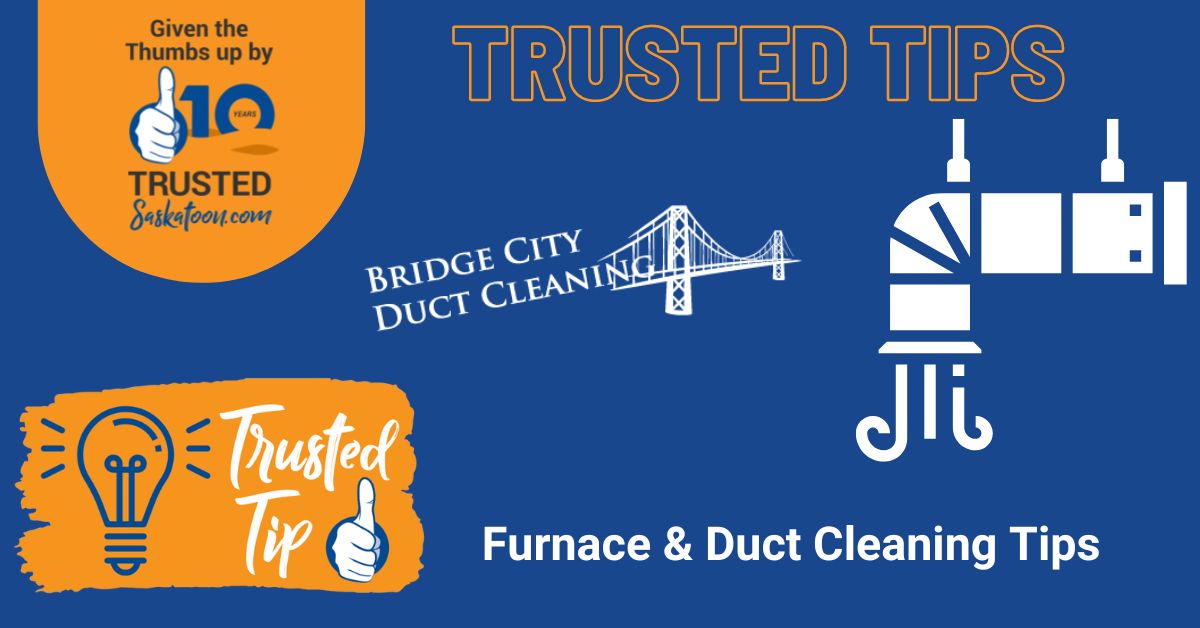Trusted Saskatoon Furnace & Duct Cleaners Bridge City Duct Cleaning provides both residential duct cleaning and commercial duct cleaning and furnace maintenance services. Their team is professionally trained, qualified, bonded, and factory furnace and duct cleaning technicians. In their latest article, they talk about the number of air vents needed in our homes. With winter coming on, questions start to fly about carbon monoxide.

In the middle of a dark wintery Saskatchewan evening, the last thing you want is for your furnace to quit. With snow coming you will see many warnings about clearing your furnace vents of snow. Many ask does this mean you need to clean your ducts? And the answer is not necessarily.
During extreme winter weather events (i.e. heavy snowfall and extreme cold), your furnace and water heater exhaust vents may become blocked with snow, ice, or frost. New models of furnaces are factory programmed to automatically shut off when Carbon Monoxide (CO) levels are higher than usual within your home. Without proper ventilation, carbon monoxide can build up inside your home and the consequences can be fatal. The burning of natural gas produces both water and CO. Where do these gases go? Furnace exhaust gases are vented outside via a PVC pipe and are typically one to two feet above the ground.
If you notice your furnace is not properly heating your home, check to ensure your exhaust vents are clear of any obstructions. Even if your furnace is running, there is a possibility that the exhaust vent could be partially blocked. Over the cold winter months, frost can build up slowly in and around the vent, reducing your furnace’s efficiency. So whether it’s for optimal efficiency or protection from carbon monoxide, it’s important to keep your exhaust vents clear.
Carbon Monoxide Info
Often referred to as the “silent killer,” Carbon Monoxide, also known as CO is an invisible, tasteless and odourless gas that can cause severe illness or death. The poisonous gas is produced when fuels, such as propane, gasoline, natural gas, heating oil or wood do not burn completely in fuel-burning appliances, such as furnaces, fireplaces, hot water heaters, stoves, barbecues, portable heaters and generators, or vehicles.
There are more than 300 CO-related deaths per year and more than 200 hospitalizations per year in Canada. While it is mandatory to have carbon monoxide detectors in all homes now, they are not 100% reliable (they become unplugged, run out of battery, may not be in the right room, etc.). This is why you need to take every step to ensure your furnace vents properly.
Exposure to Carbon Monoxide
Exposure to CO can cause flu-like symptoms, such as headaches, nausea and dizziness, burning eyes, confusion, drowsiness and loss of consciousness. If you or others in your household or building have these symptoms, go outdoors and call 911 immediately. If your CO alarm sounds and no one is suffering from symptoms of CO poisoning, check to see if the battery needs replacing or if the alarm has reached its “end-of-life” before calling 911.